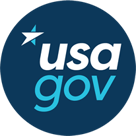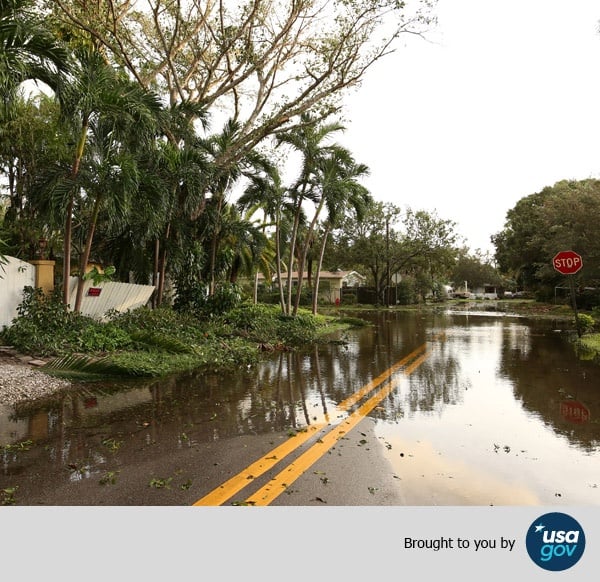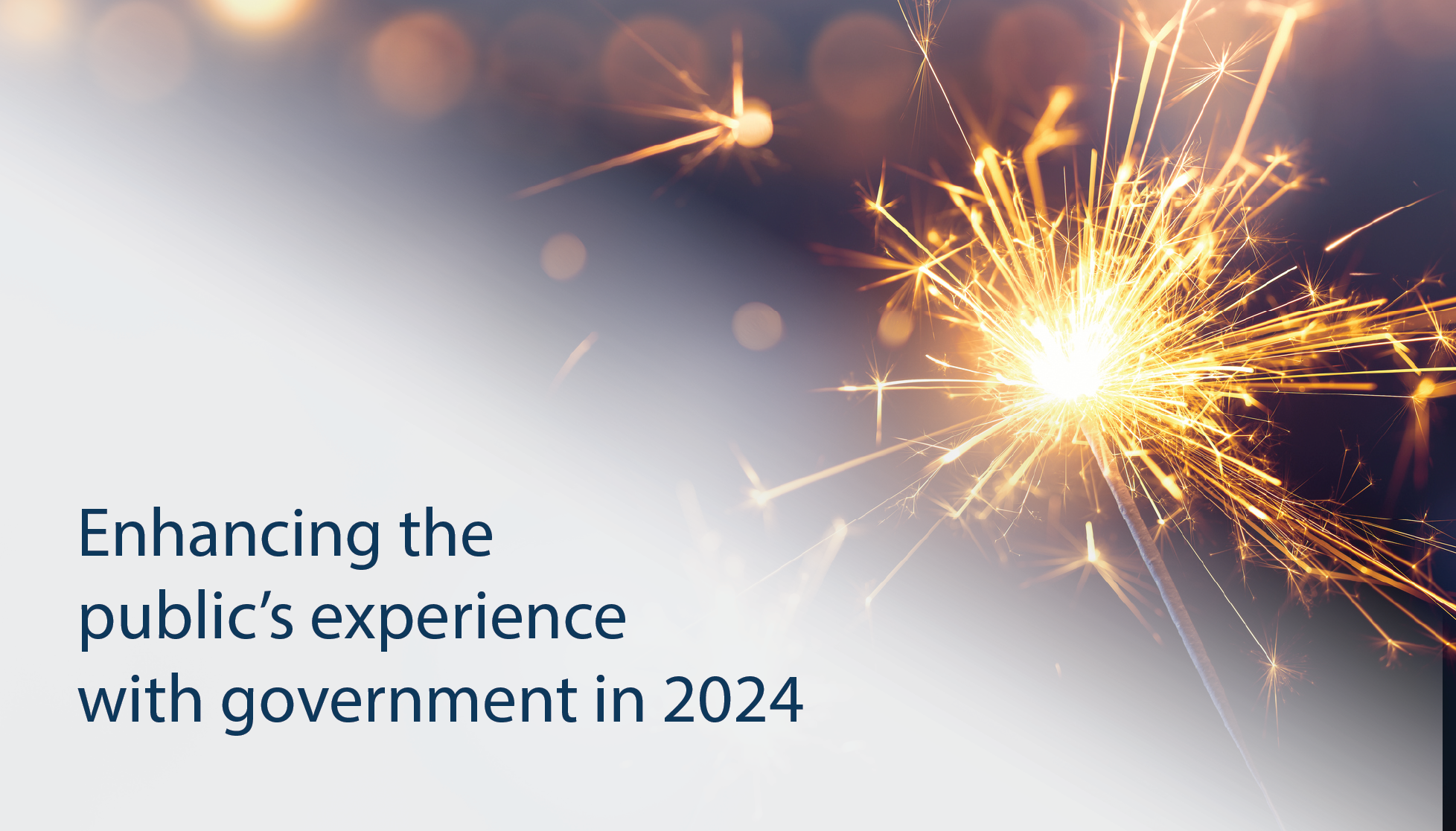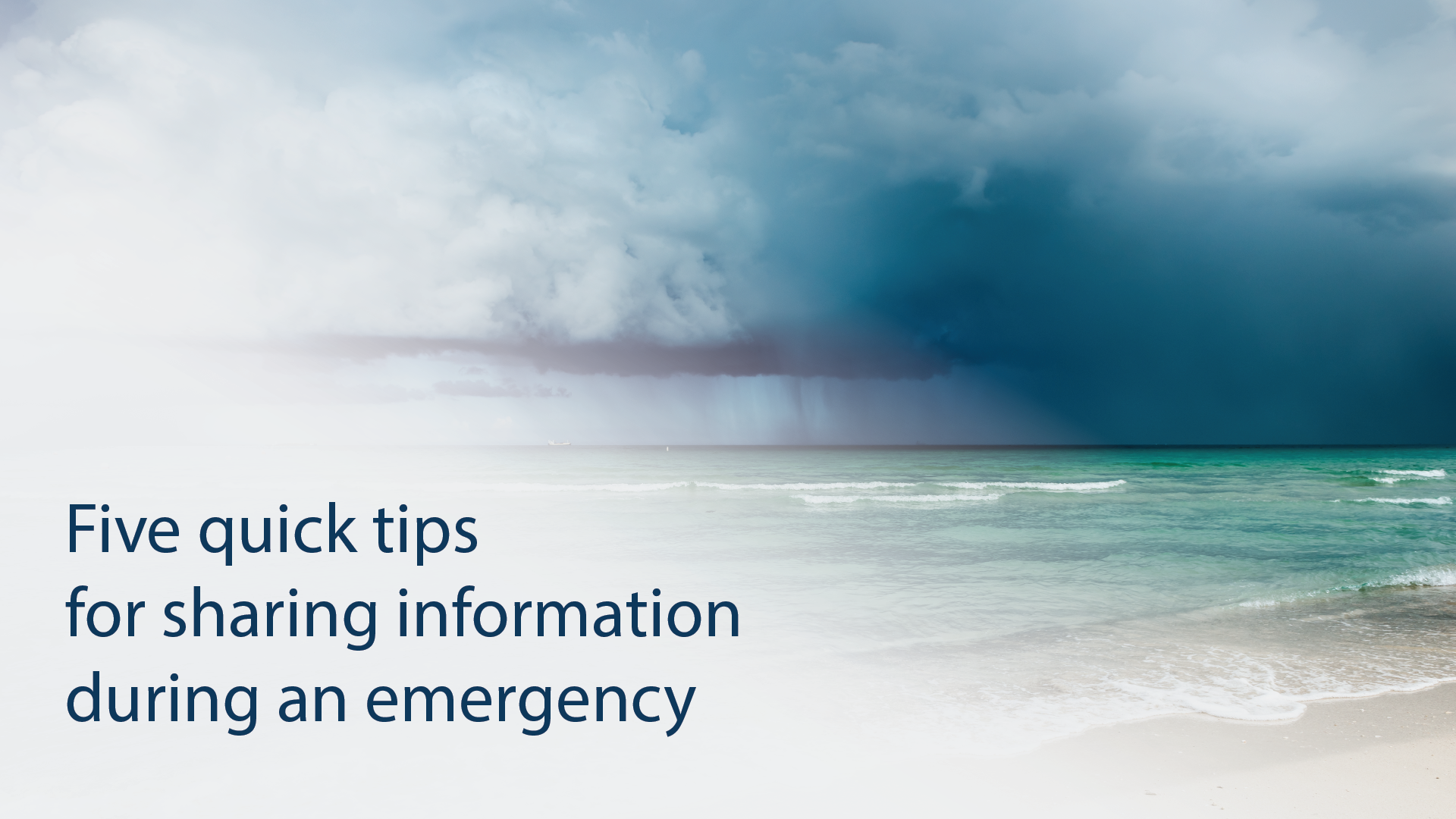In 2017, it was nearly impossible to turn on the news or go on social media without hearing stories about hurricanes across Texas, Florida, the U.S. Virgin Islands, and Puerto Rico.
Because the timing of these storms overlapped, new information was constantly coming out about seeking shelter, volunteer opportunities, and other response and recovery efforts.
When disasters of this magnitude occur, the Department of Homeland Security designates USA.gov and GobiernoUSA.gov as the official communication channels for the cross-agency federal government response effort. We had a challenging, but important role to play in helping people across the country prepare for and recover from multiple hurricanes.
To do this, we used different tactics across our channels to ensure we were delivering accurate, helpful information to those who needed it most. The major communication challenges brought by these disasters, such as power outages, limited battery life, and phone reception forced us to think outside the box and develop new strategies:
- Targeted Email Messaging: Using our email marketing tool, we were able to sort email lists by geography and send alert information before, during and after storms to affected people in Florida, Puerto Rico and Texas. For example, we sent recovery messages, such as damage assistance applications and volunteer opportunities, to people in Texas, while simultaneously sending preparation information to people in Florida. This targeted messaging meant people got only the information that applied to them at the time they needed it.
- Short, Visual Posts: To be conscious of limited connectivity, the fast pace of the storms, and to avoid overwhelming followers with information, we stuck to a model of clear infographics or images, short text, and singular links on social media. Being quick and direct in sharing recovery aid information, Red Cross efforts, and other messages meant users could find the help they needed without surfing the web.
- Meeting People Where They Were: By following hashtags, such as #MariaPR and #Harvey on social media, we found the right audience for each message, tracked questions related to the storms, and provided official government information in a matter of minutes. This helped us recognize what topics hurricane survivors frequently asked about, allowing us to provide timely information such as scam defense and how to avoid overwhelming volunteer organizations.
- Distinguishing Location on USA.gov: With back-to-back hurricanes, it was important to differentiate between information and assistance for those in the continental U.S. and on the impacted islands. We organized information on USA.gov and GobiernoUSA.gov pages labeled by the storm name and by location. In the case of Hurricane Maria, the content tailored for audiences located in the continental U.S. focused on how to locate family members, make donations, and avoid scams. The content for audiences in Puerto Rico and the U.S. Virgin Islands focused on shelters, assistance for victims, and safety information. We aggregated the most relevant information from federal and local agencies and used social media and local news outlets to keep a pulse on what information different audiences needed most.
- Influencer Outreach: We collaborated with local reporters, media outlets and radio stations, addressing rumors and questions directly on social media, and referencing subject matter experts like the Red Cross and FEMA in messaging. Stay tuned for more information on this approach in an upcoming blog post!
With these strategies, we reached more than two million people throughout one of the most devastating hurricane seasons in U.S. history. USAGov provided preparation and recovery information to those in need through social media, email, radio, and even traditional media. We’ll continue to provide government information to those affected by natural disasters as long as it’s needed. We’ll always be with the public through these disasters and anytime they need us in the future.
USA.gov and GobiernoUSA.gov are designated by DHS as the federal government’s official communication channels for emergencies.




_v003.png)